
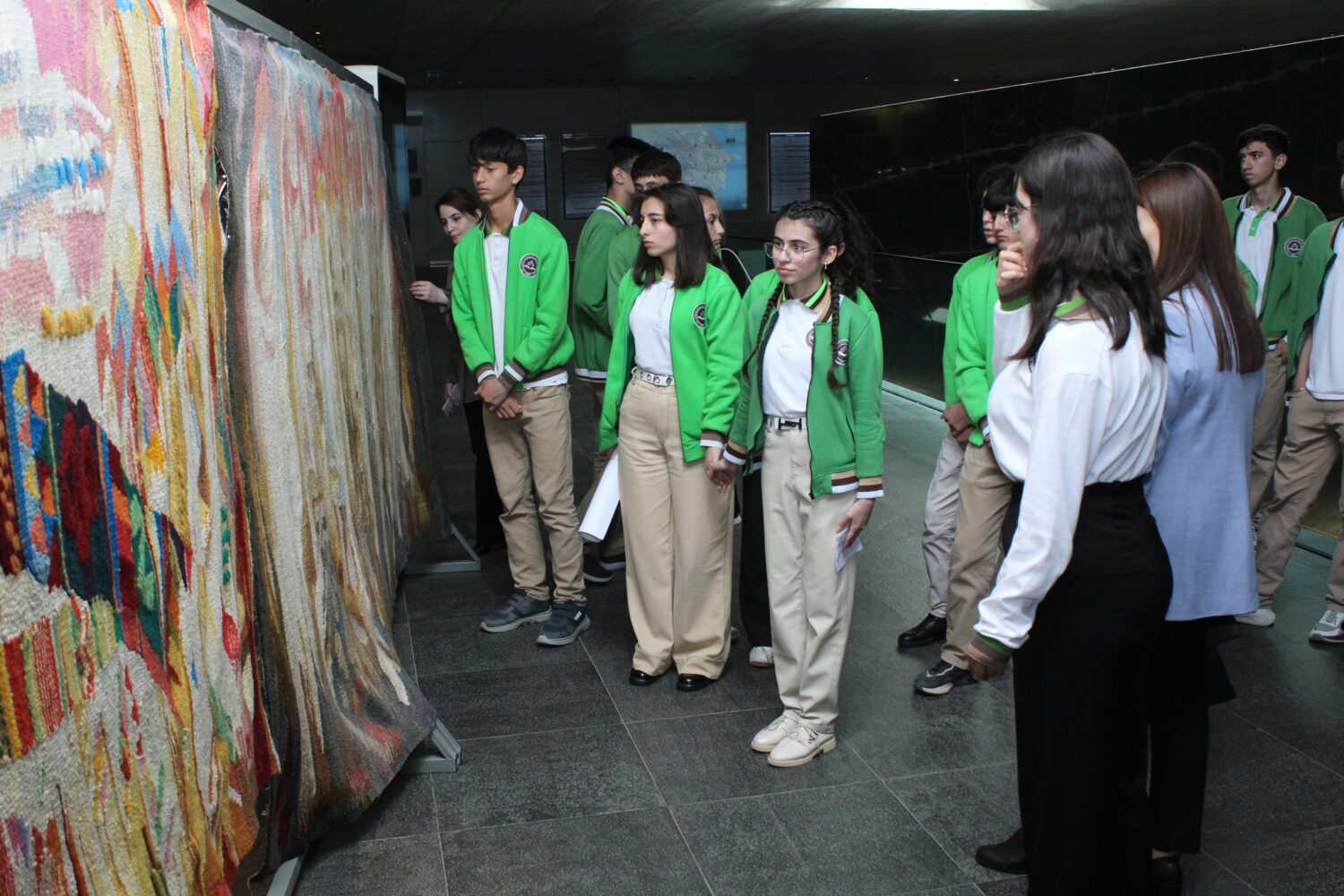

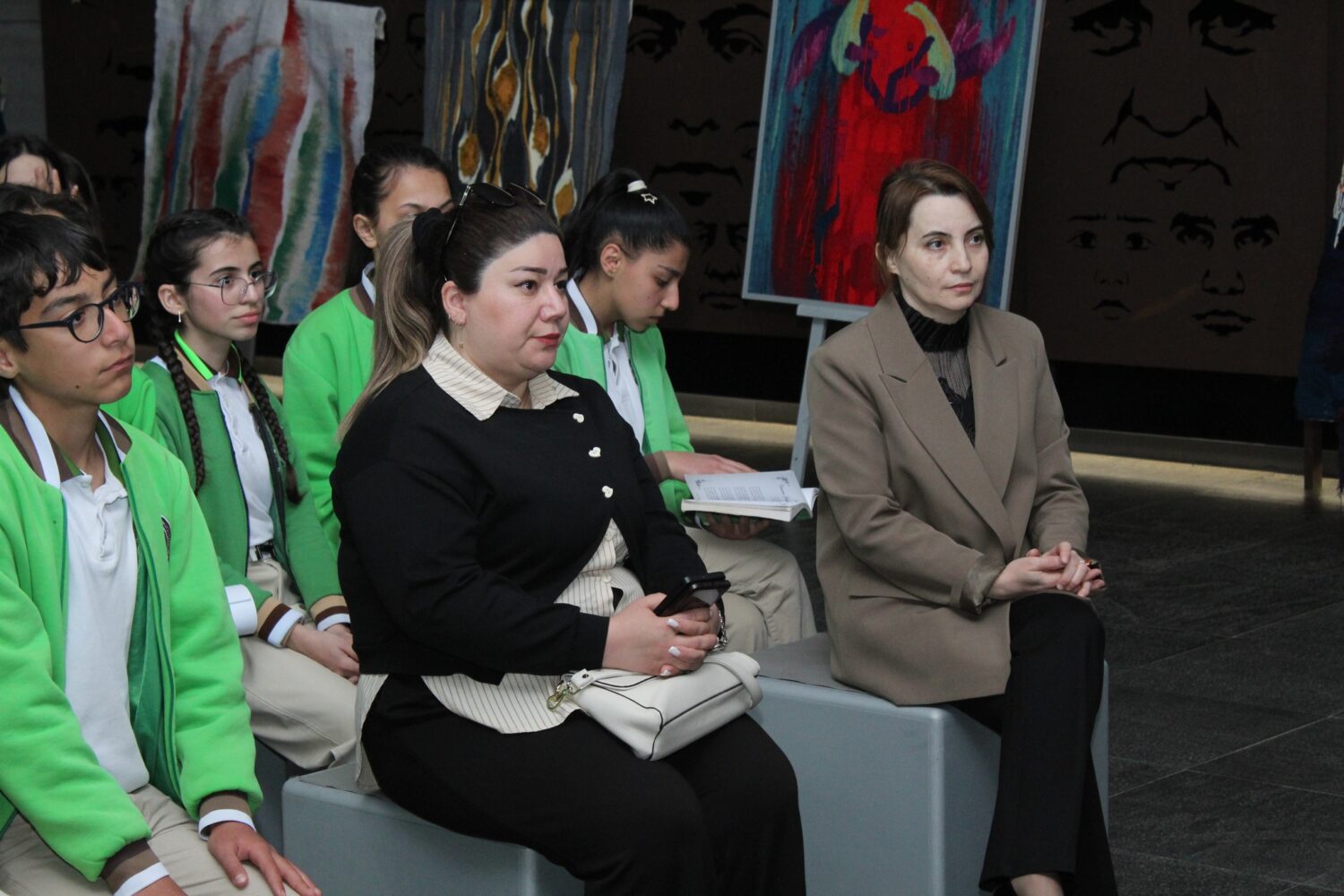










An exhibition was organized at the Shamakhi branch of the Azerbaijan State Pedagogical University (ASPU) within the framework of the “Year of the Constitution and Sovereignty” and the project “Our Cultural Heritage: Yesterday and Today”, initiated by the Quba Genocide Memorial Complex.
At the opening of the exhibition, the director of the Shamakhi branch, Associate Professor Tünzalə Yusifova, emphasized that the exhibition was held in accordance with the provisions of the memorandum signed between the branch and the Quba Genocide Memorial Complex. She noted that this exhibition plays an important role in educating young people about the restoration and protection of our cultural heritage.It was also highlighted that the Azerbaijani state and people continue their just struggle on their historical and ancestral lands based on international law. During the 44-day Patriotic War, under the leadership of the President of the Republic of Azerbaijan and Supreme Commander-in-Chief of the Armed Forces, Ilham Aliyev, the victorious Azerbaijani army liberated the country’s lands from occupation after 30 years. This victory was also an act of retribution for the ethnic cleansing, genocide, and acts of vandalism committed by Armenia against the Azerbaijani people.
Armenia bears international legal responsibility for the acts of vandalism committed against cultural monuments in the occupied territories. Research is currently being conducted regarding the restoration of these monuments and the preservation of historical heritage. Restoration and reconstruction efforts in Karabakh and other liberated territories are being carried out in a systematic and well-planned manner.
Later, Dr. Subhan Talibli, Associate Professor of the Department of Social and Special Subjects at the branch and an expert of the Genocide Memorial Complex in Quba, spoke in detail about the exhibition. He touched upon current issues related to the preservation and restoration of cultural heritage. He stated that the restoration of monuments destroyed during the occupation in Karabakh is not just a construction process, but also a restoration of the identity of our people and the recovery of lost values.
“Every monument is a piece of history, every stone is a memory,” he said. “The restoration of these monuments teaches us not to forget our past and to build a stronger and more resilient future.” In his speech, he also provided detailed information on the Karabakh Khanate, the socio-political, socio-economic, and cultural-spiritual situation in Karabakh, Armenian terrorism against Azerbaijan’s historical and cultural-spiritual monuments, Armenian vandalism in Yerevan, the destruction of Turkic-Muslim and Albanian monuments in Karabakh during the occupation, and the historical background and restoration processes of monuments destroyed as a result of Armenian vandalism.
The exhibition, which attracted great interest from the branch’s staff and students, will remain open for several days

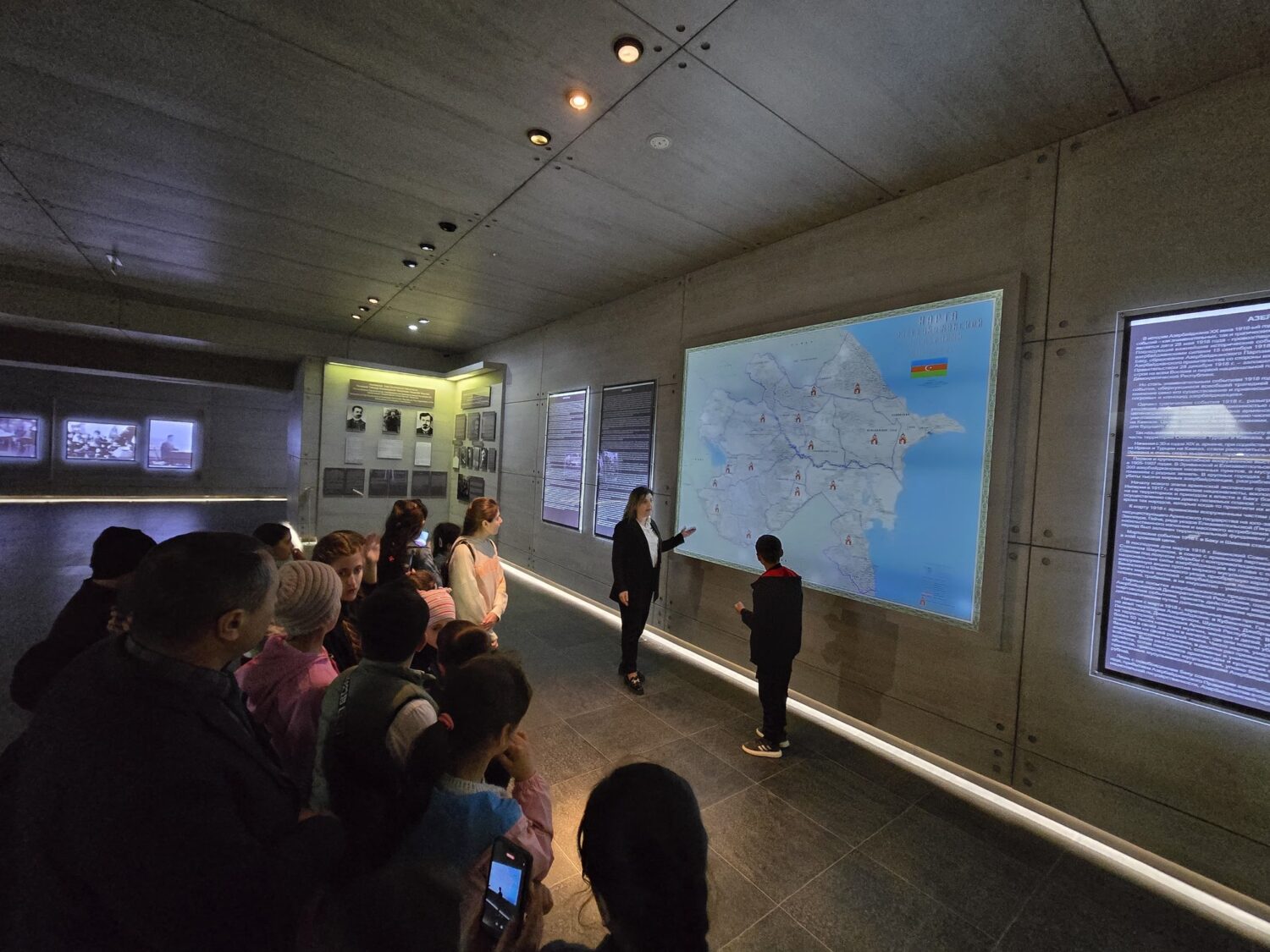

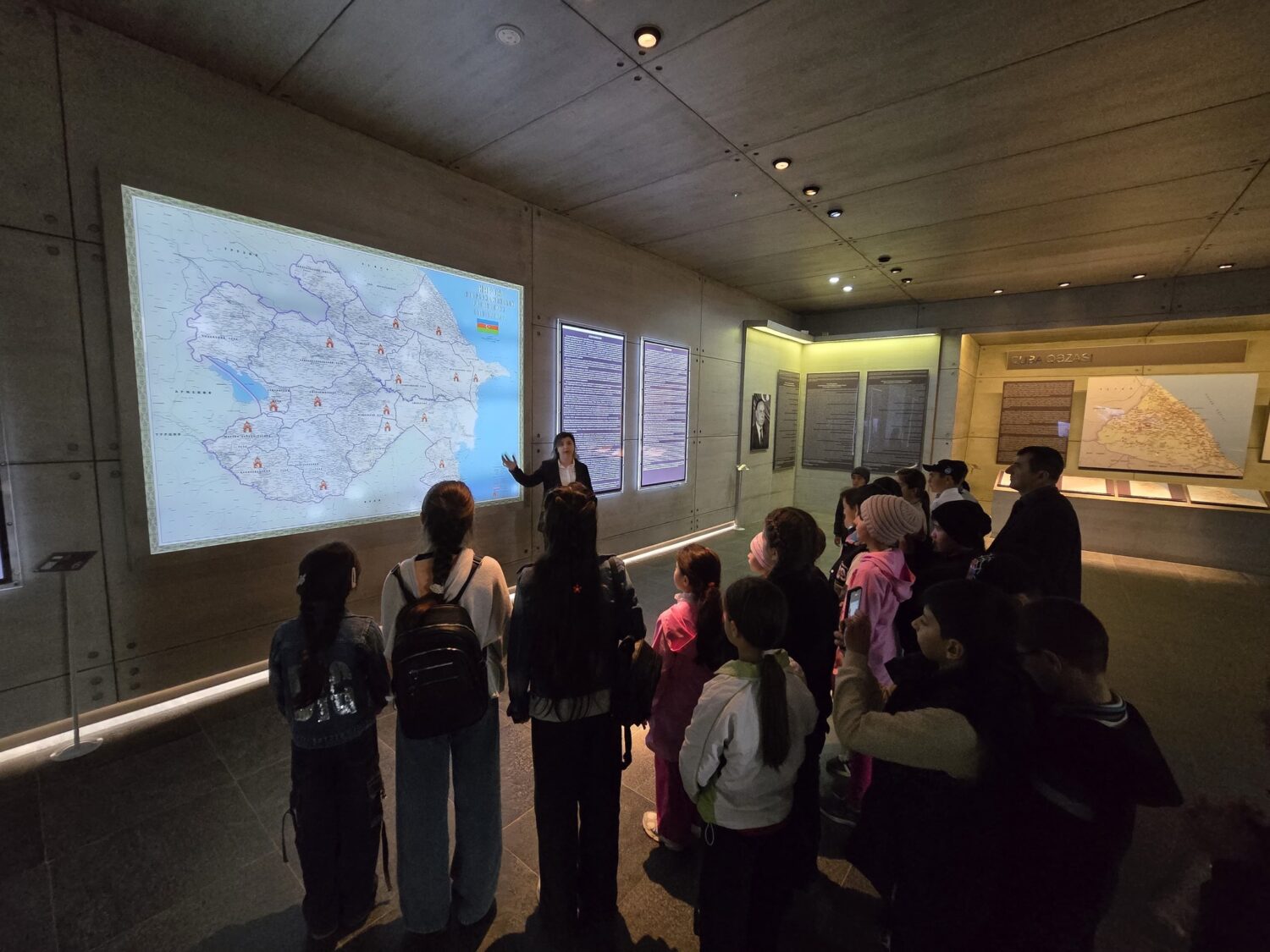
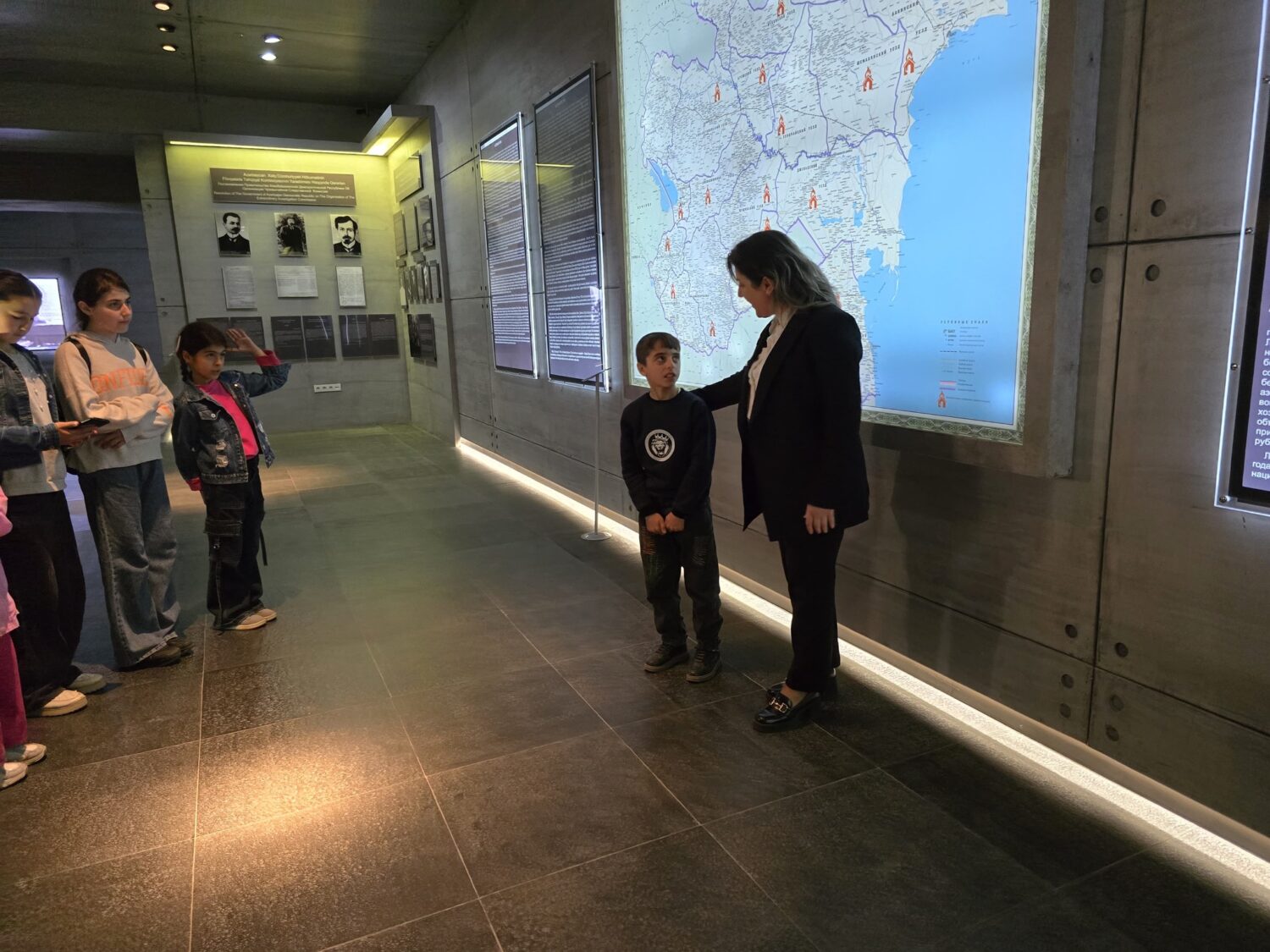

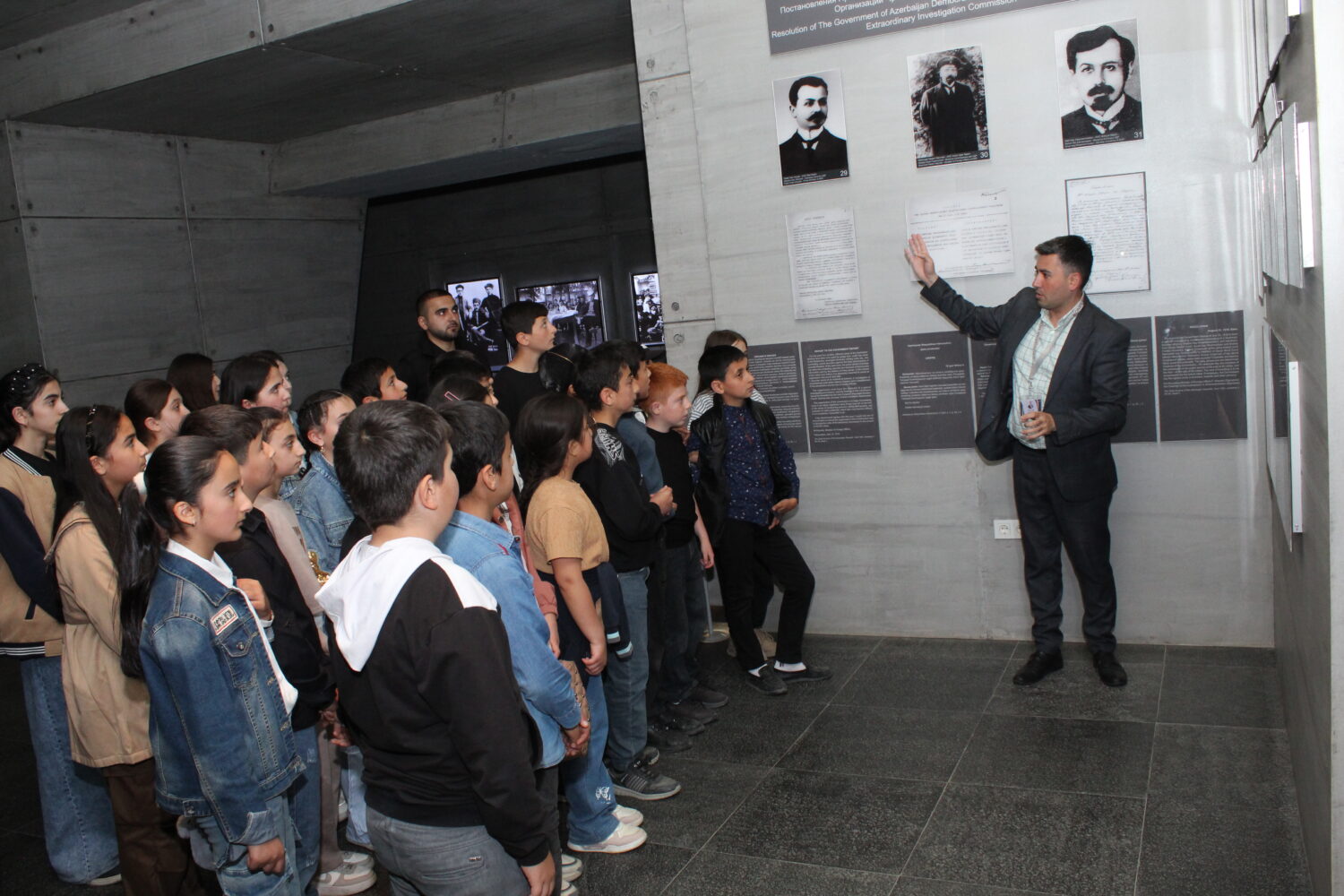



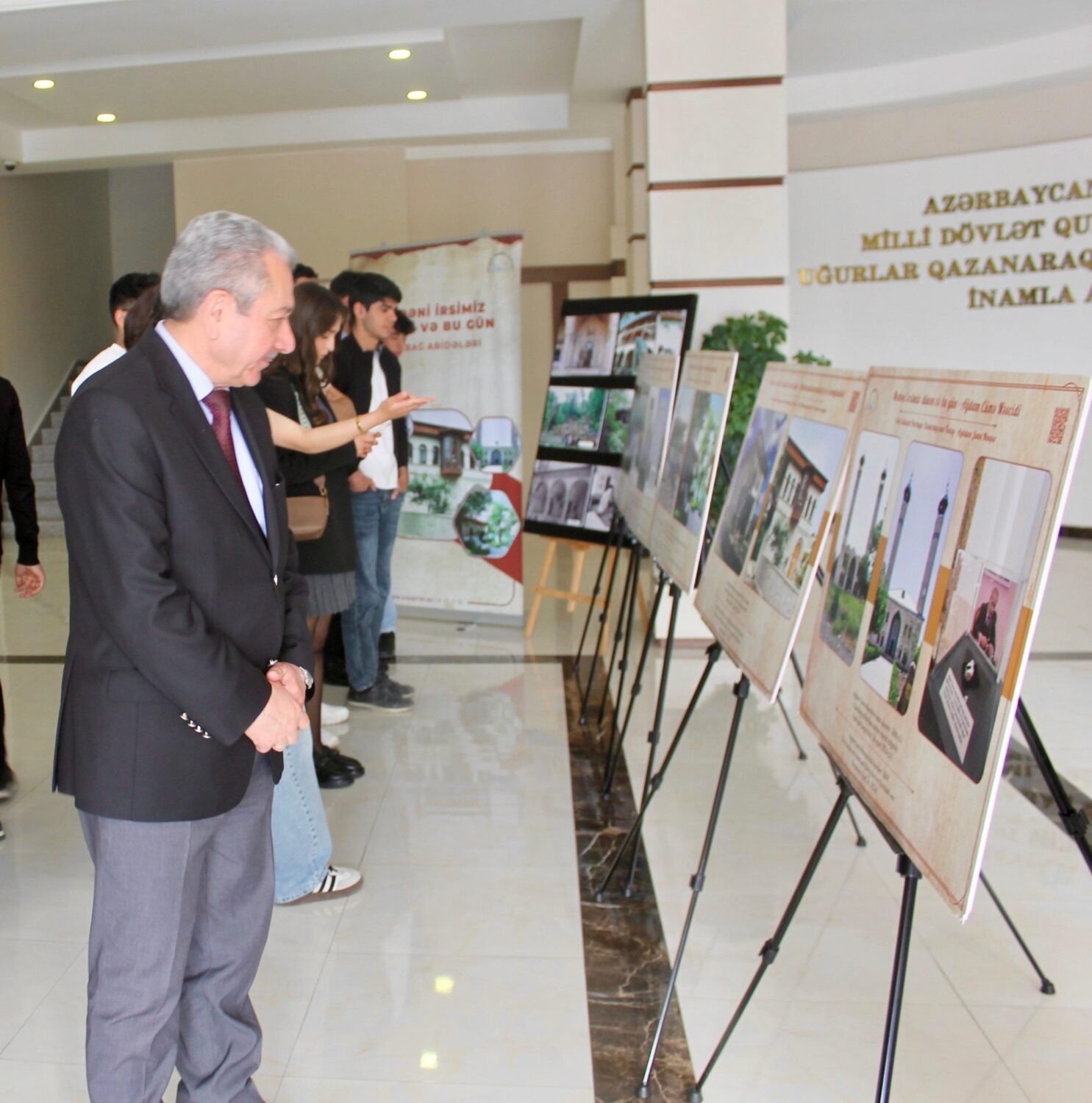
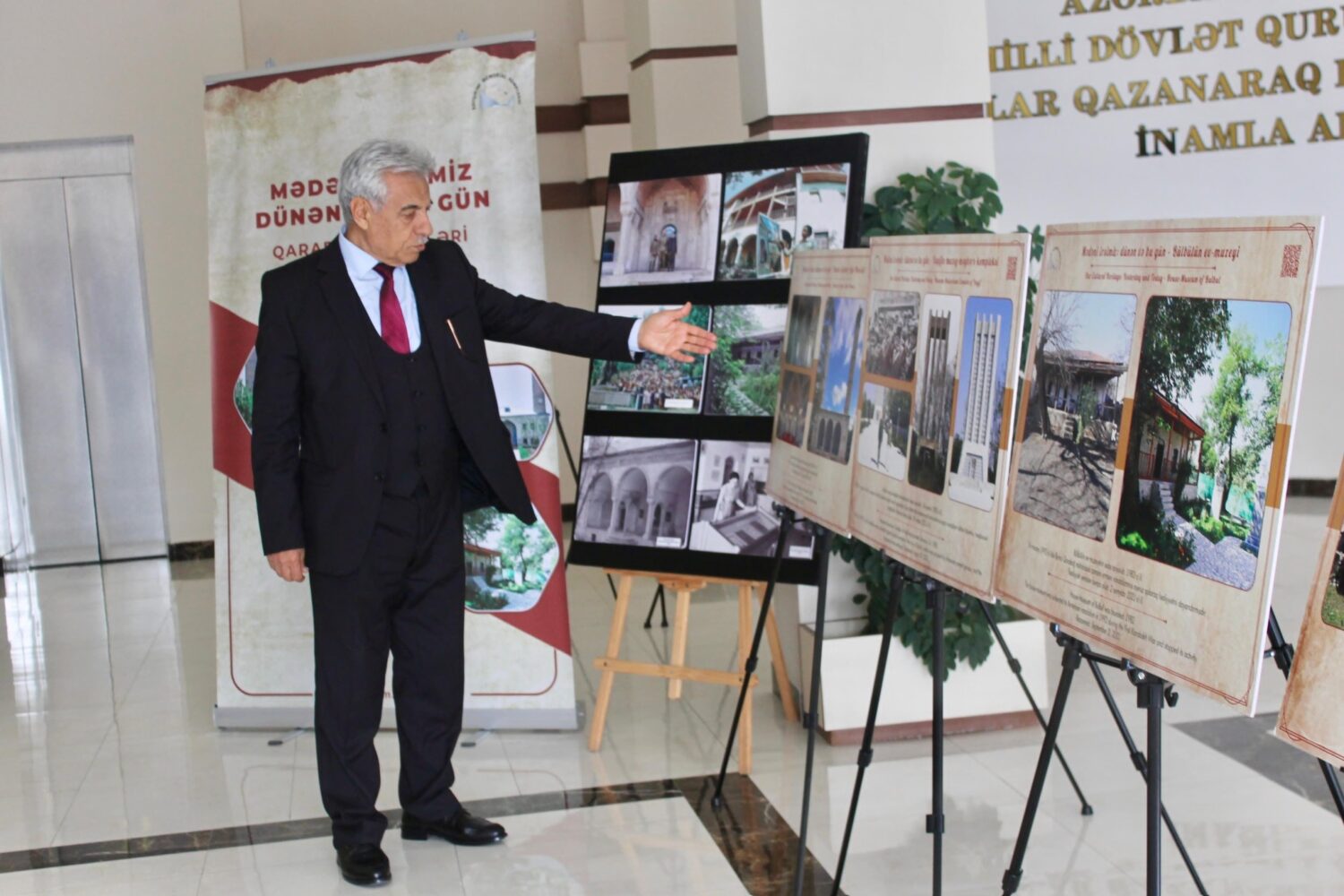

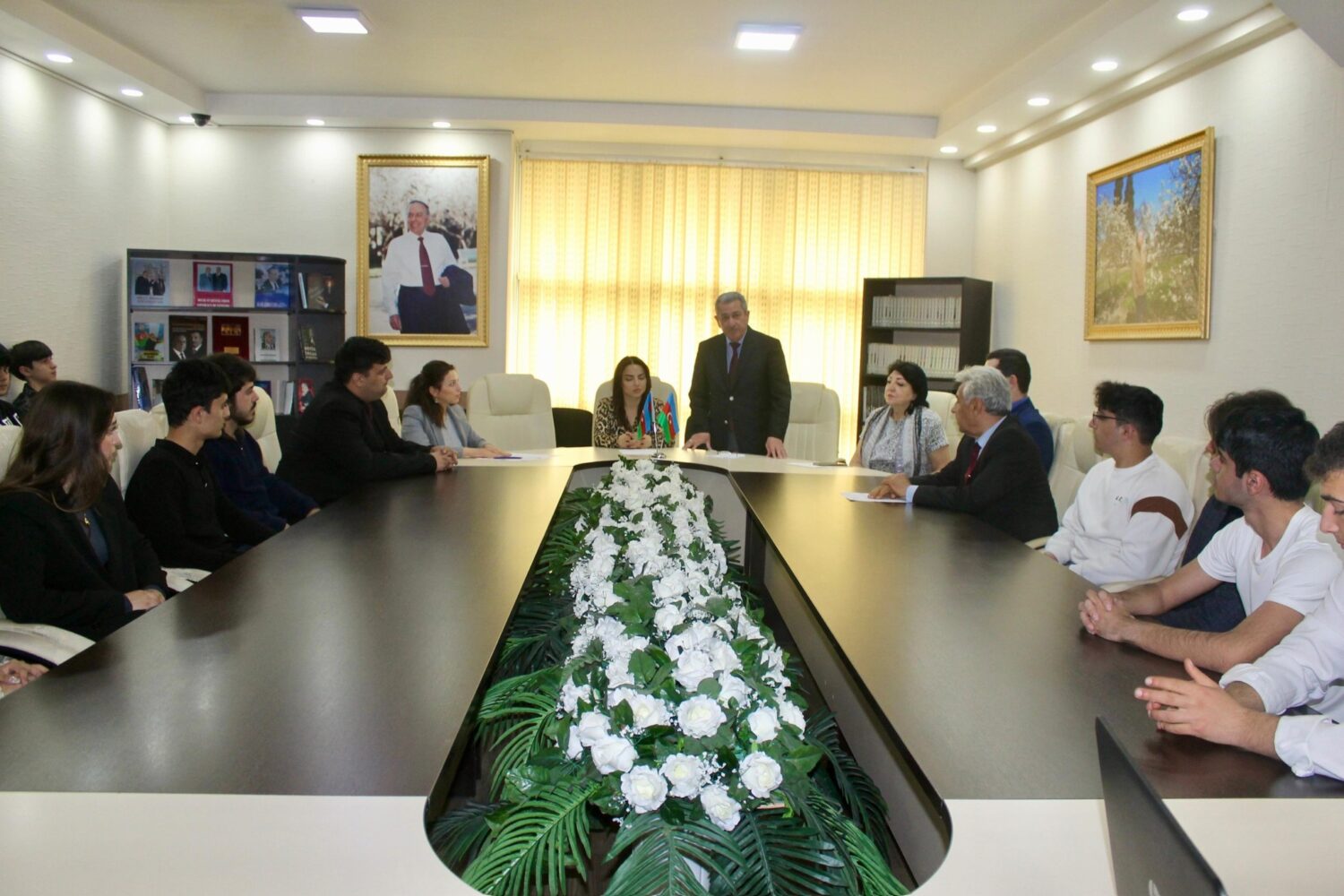




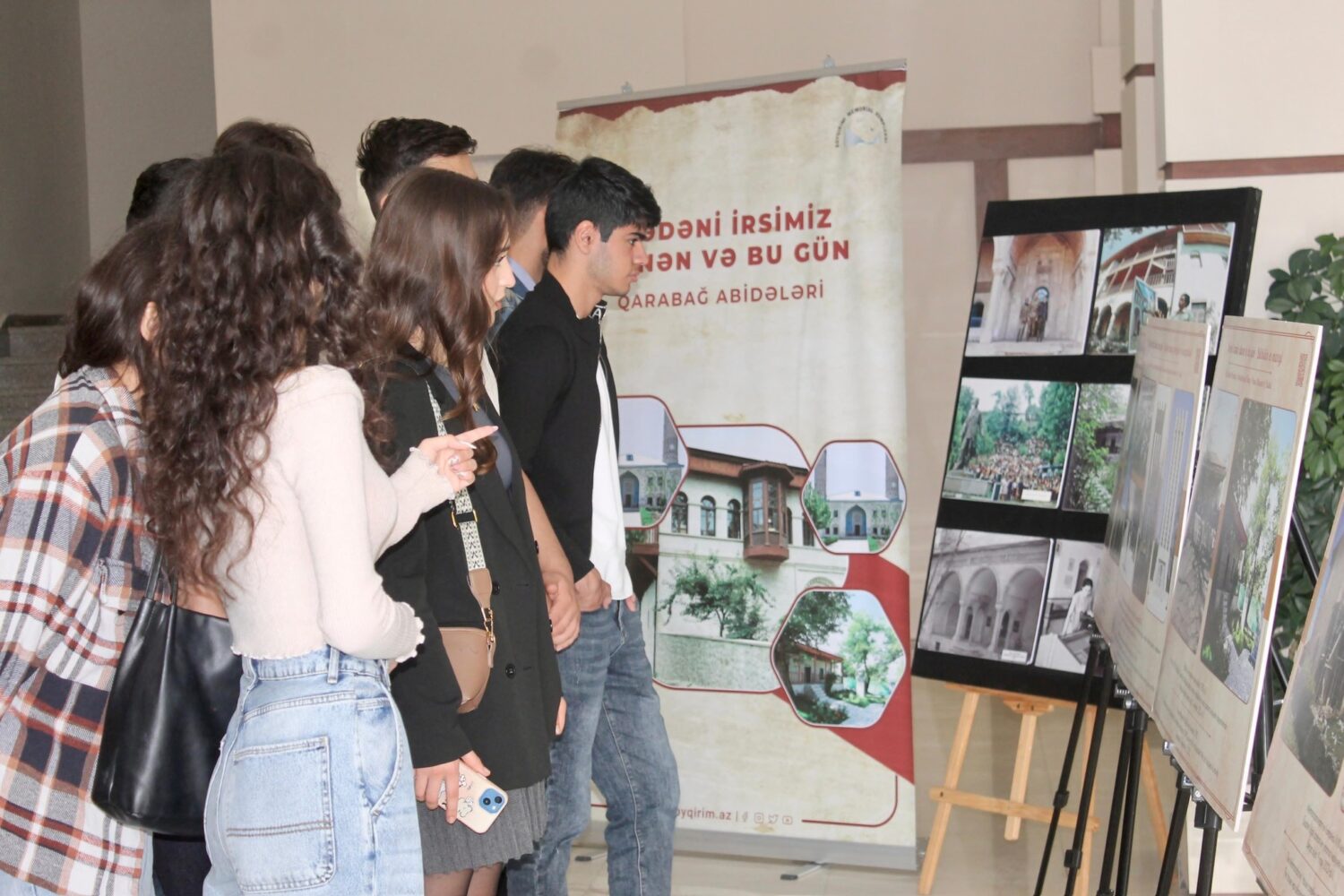
The event was attended by Zohrab Jafarov, Head of the Department of Yasamal District Executive Authority; Dr. Subhan Talibli, specialist at the “Genocide Memorial Complex” in Guba and associate professor with a PhD in history; Dr. Rizvan Garabaghi, leading researcher at the Institute of Architecture and Art of the Azerbaijan National Academy of Sciences, associate professor with a PhD in architecture; Saadat Mirzayeva, Director of the House Museum of Tahir Salahov; Zakir Guliyev, an employee of the Ministry of Culture; as well as teachers and students from the Azerbaijan University of Culture and Arts.
At the event, participants visited a photo exhibition titled “Our Cultural Heritage: Yesterday and Today – Karabakh Monuments,” organized by the Genocide Memorial Complex, in the center’s foyer.
The event began with the National Anthem of the Republic of Azerbaijan, followed by a one-minute silence in memory of National Leader Heydar Aliyev and the martyrs.
Nigar Huseynova, the head curator of the Center, opened the event with a welcoming speech, emphasizing the importance of preserving and promoting Azerbaijan’s rich historical and cultural heritage, as well as the exceptional services of National Leader Heydar Aliyev in this field.
The speakers, Zohrab Jafarov, Subhan Talibli, Rizvan Garabaghi, and Saadat Mirzayeva, talked about the restoration, protection, and preservation of historical monuments in the country, as well as the promotion of cultural artifacts on the international stage. They highlighted the work done in the capital Baku and other regions of Azerbaijan, with the support and care of President Ilham Aliyev, in the fields of conservation, restoration, and reconstruction of cultural and historical monuments.
A video clip titled “Ancient Azerbaijani Monuments” was then shown.
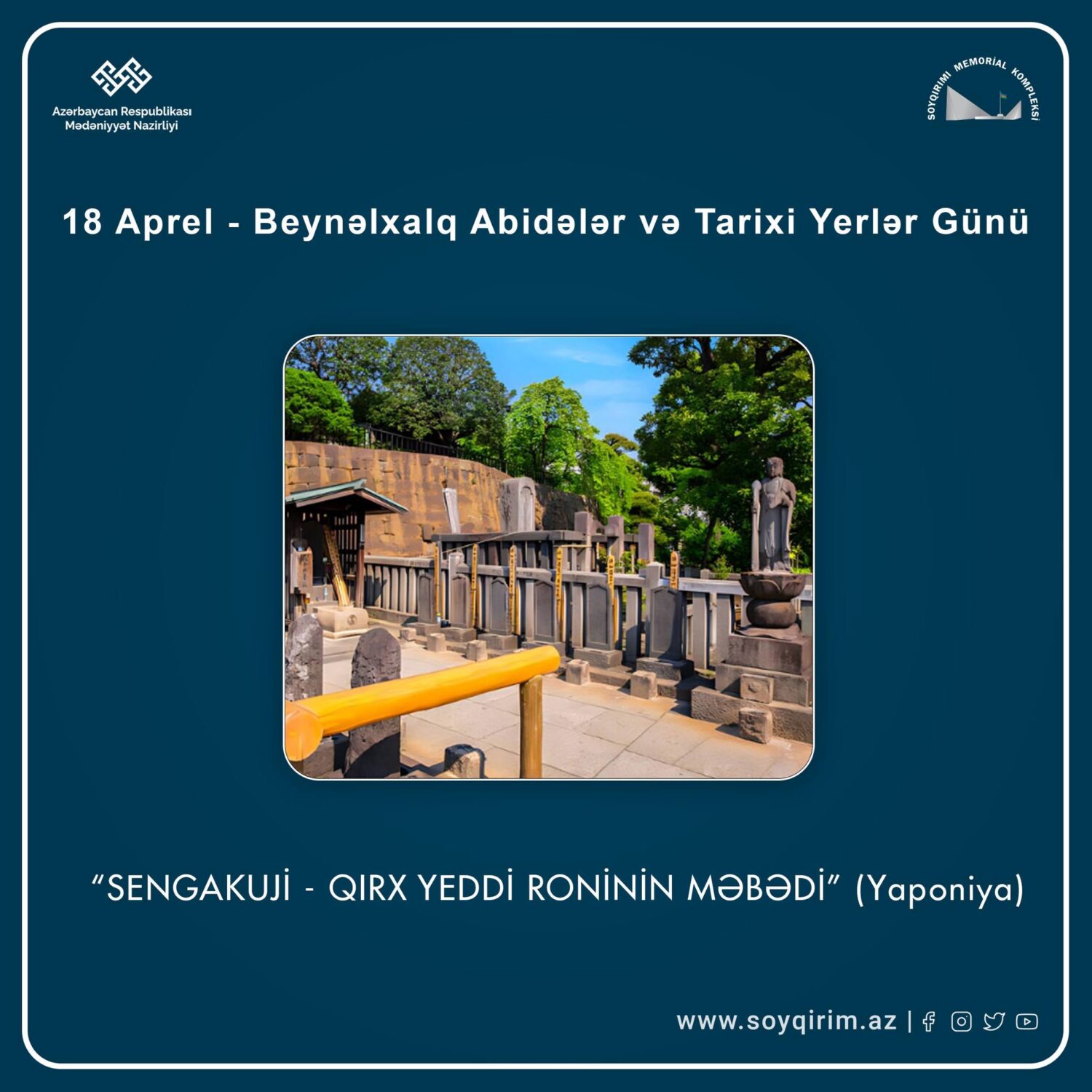












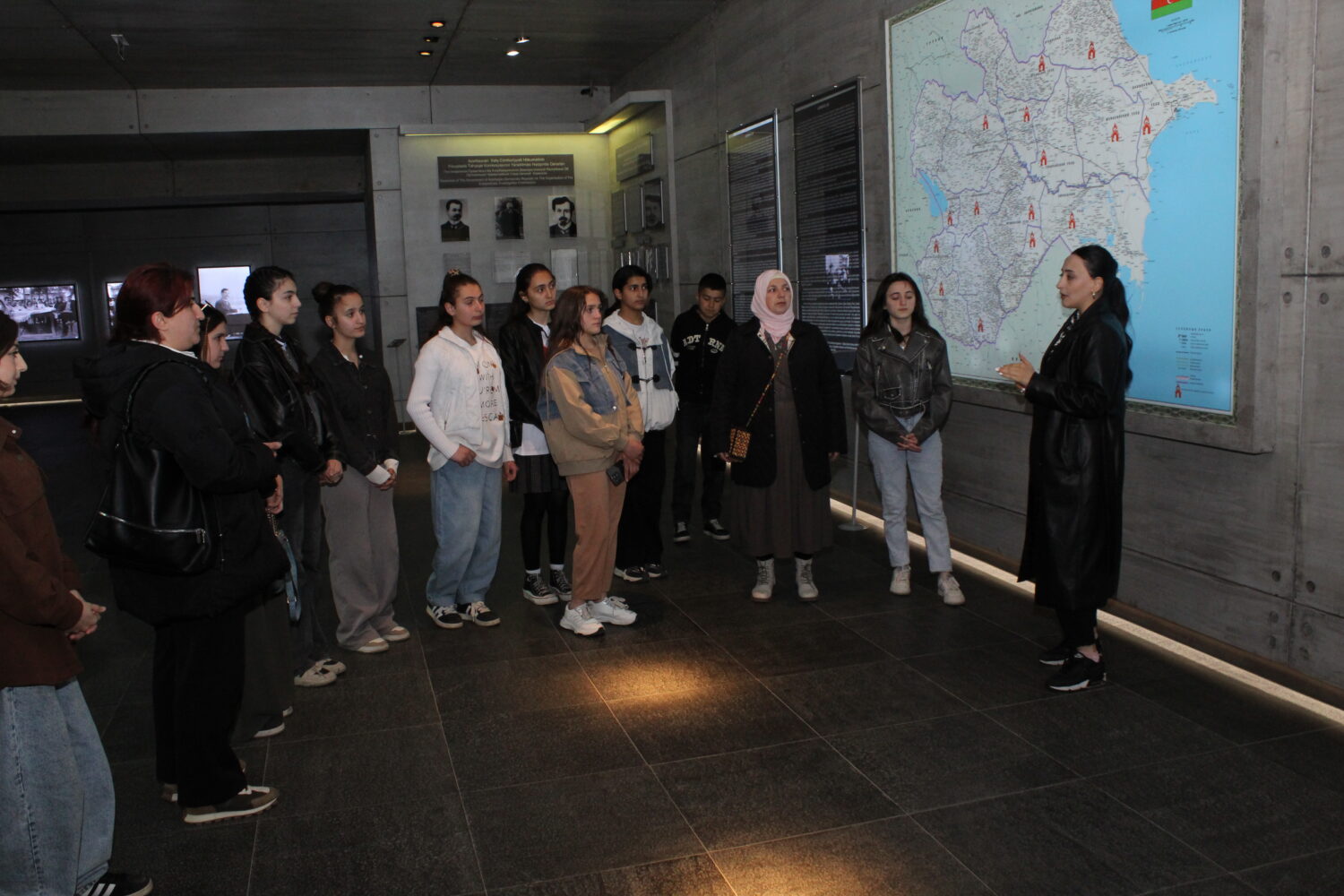




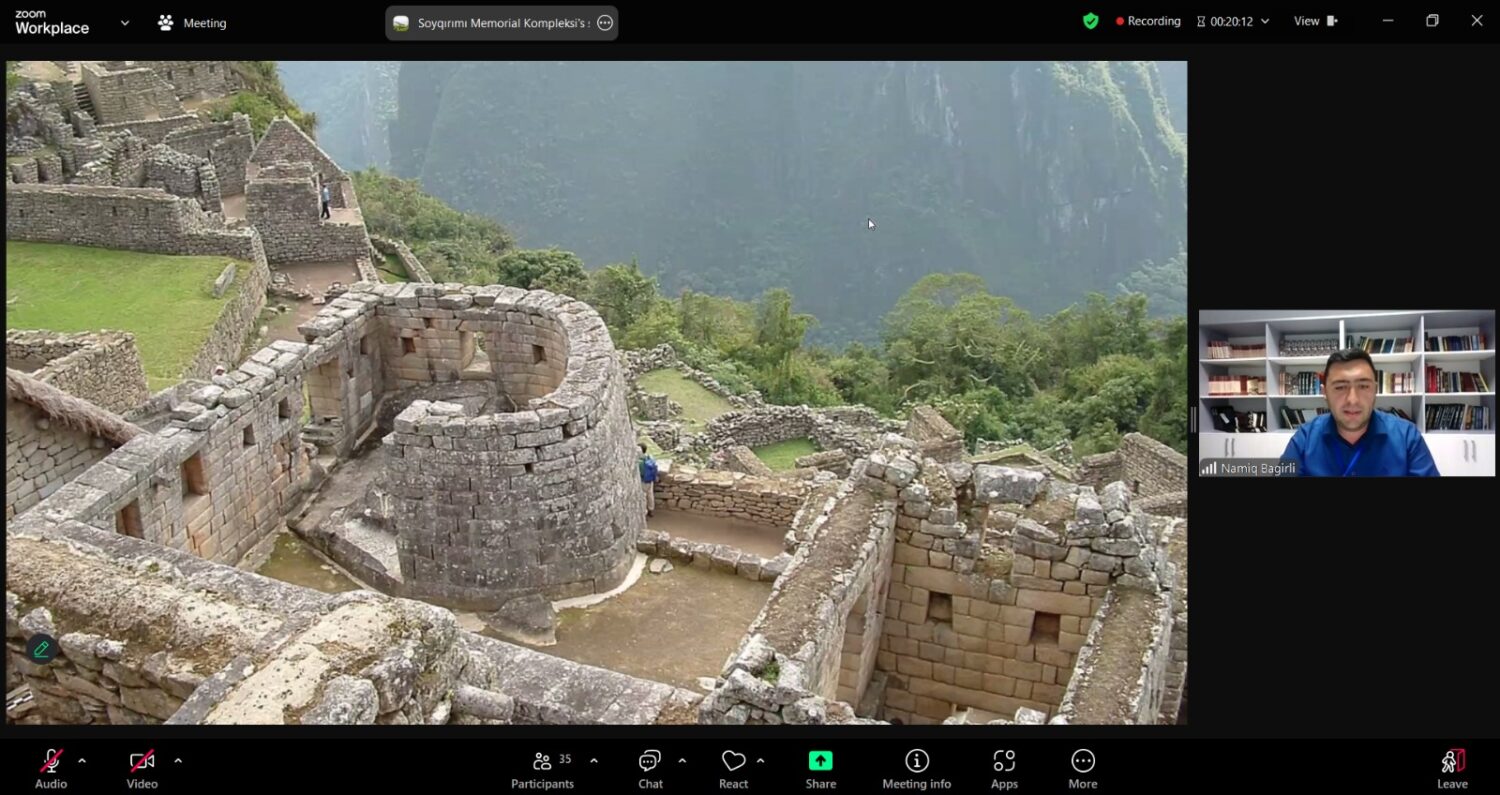
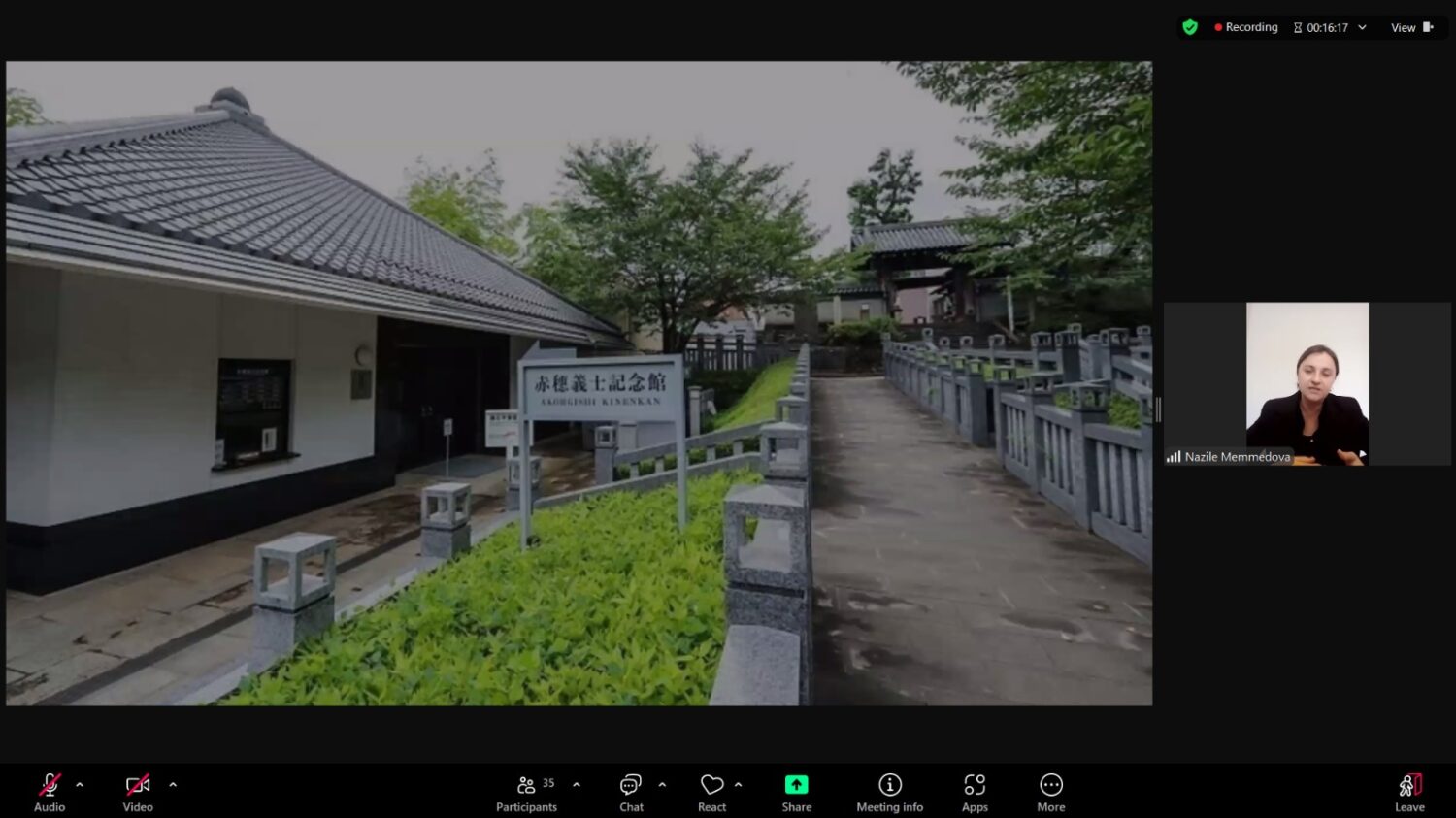



The event was opened by Dr. Rakhshanda Bayramova, the director of the Complex, who emphasized the importance of protecting monuments on an international scale and their significance in our cultural heritage. She also noted the importance of such events in transmitting Azerbaijan’s rich historical heritage to future generations.
Following her speech, Maharram Muslumov, the director of the Pir Hussein Khanegah State Architectural Reserve, highlighted the important role of such events in the preservation and promotion of monuments.
Gunel Pirguliyeva, the director of the “Chiraqqala Shabran” State Architectural Reserve, also underscored the significance of organizing events that introduce the history and culture of Azerbaijan’s monuments. She mentioned that such initiatives contribute to the protection and promotion of cultural heritage among the public.
Later, employees of the Genocide Memorial Complex provided detailed information about monuments located in various parts of the world that are included in UNESCO’s World Heritage List. The speakers presented comprehensive information about famous landmarks such as Machu Picchu, Alhambra, the Sagrada Familia, the Louvre Museum, the 47 Ronin Monument, and other notable sites.
The webinar dedicated to the International Day for Monuments and Sites was attended by nearly 40 employees from the mentioned reserves.
